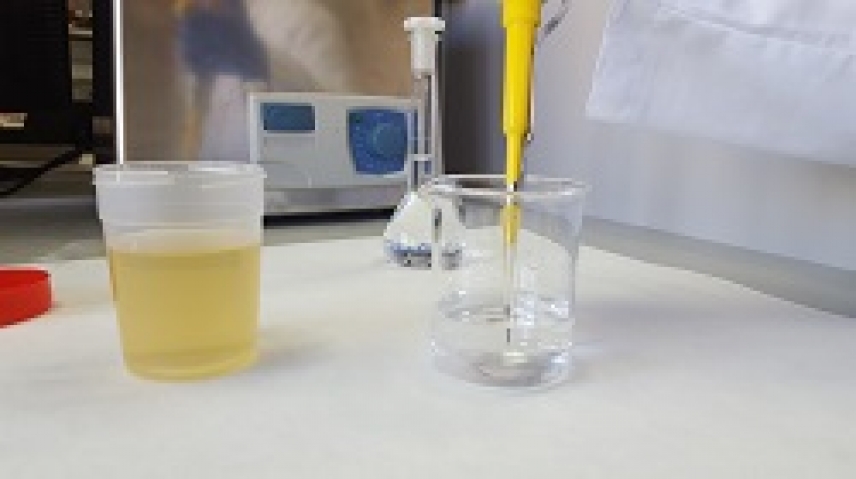A tool based on the use ofcarbon nanoparticles enables detection of antidepressants in urine samples
The test can be used to monitor therapeutic dosages, for cases of intoxication due to overdose or at a forensic level
A University of Cordoba research group has designed a tool that enables detection of antidepressants in urine samples in low concentrations. This new method is based on the developmentof a new material, based on carbon nanotubes, on the inside of pipette tips, the kinds that are normally used in analysis laboratories.
‘Vortex’ beams for the manipulation of nanoparticles
A lecturer at the University of Córdoba has developed a new method, published in Physical Review Letters, to simplify the process and reduce the cost of manipulating nanometric materials
One millionth of a millimetre: this is the scale at which nanotechnology manipulates matter. Given its many applications, nanotechnology has already had a major impact on recent technological progress; yet its real potential is yet to be discovered, and few scientists doubt that it will lead mankind to a new industrial revolution. A few days ago, University of Córdoba physics lecturer Pedro Rodríguez García published a paper in Physical Review Letters, reporting on the development of a new mechanism which simplifies and reduces the cost of manipulating nanoparticles.



